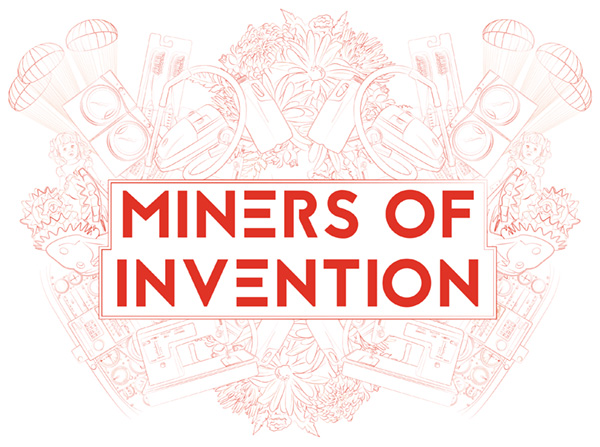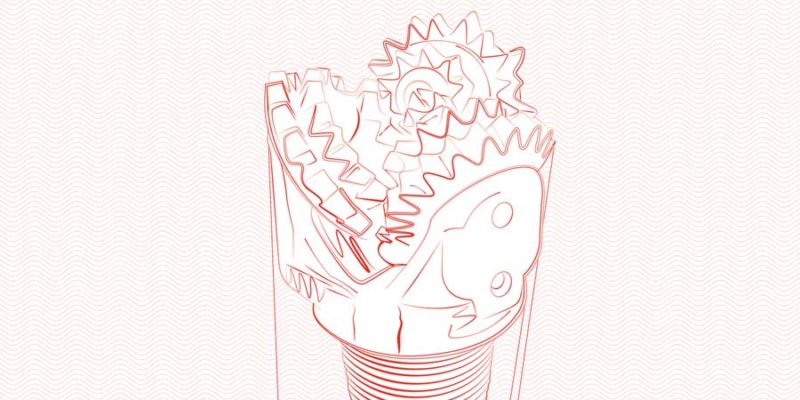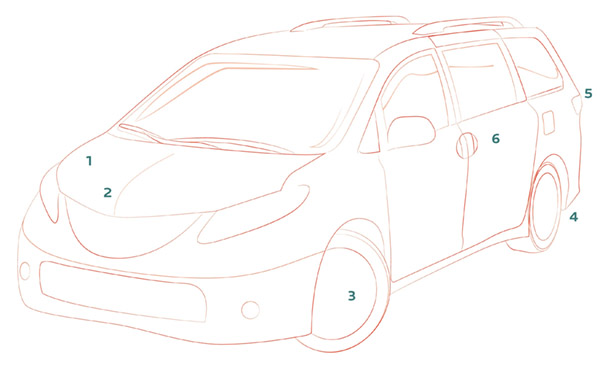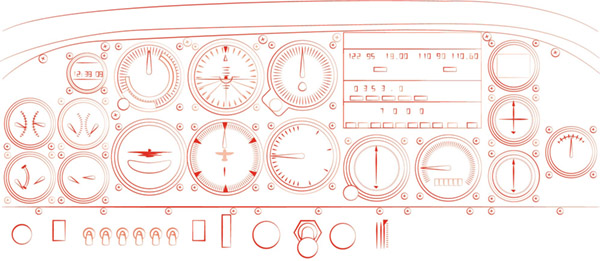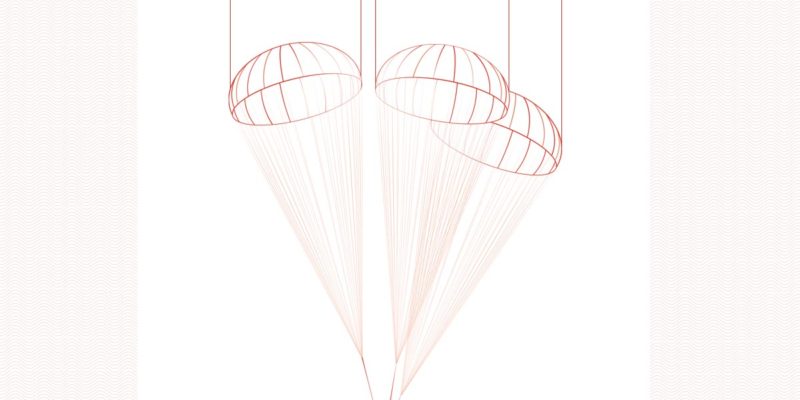Issues
Academies in action: answering the call to lead and serve
They are trusted advisors and true believers, stakeholders and sounding boards, investors and advocates — and most of all proud Miners. Who are these champions? They’re members of Missouri S&T’s eight academies, and they’re using their superpowers to make a difference.
Read More »Save the date: the 2016 Alumni of Influence Gala
Ten Miners will be recognized for their lasting impact on the university, their professions and the wider world when Missouri S&T hosts the 2016 Alumni of Influence Gala on Nov. 5. Join us for a celebration of innovation, exploration, leadership and impact as we honor these Miners for their lasting contributions to our university and […]
Read More »Miners of invention
The next time you pour a glass of milk, buy a toothbrush or fill your gas tank, thank a Miner. There’s a good chance that a fellow graduate invented something that keeps your milk fresh, your toothbrush packaging streamlined or your fuel from spilling onto the pavement.
Read More »Household items
Take a look around your house. How many things you see were patented by Miner alumni? Maybe more than you think. Here are just a few examples of household Miner inventions.
Read More »Why should I care about cybersecurity?
The increasing reliance on computer systems has made cybersecurity a growing concern. Missouri S&T Magazine staff asked Cristina Serban, MS CSci’93, PhD CSci’96, a researcher with the Chief Security Office at AT&T and holder of five patents for various security systems, about the industry, its history and what the future has in store for information security.
Read More »Non-stop innovation
Dan Scott, MetE’70, holds 105 patents, the second-most in his employer’s history. He has 55 more that are pending examination and over 400 international counterparts to his U.S. patents.
Read More »Taking a gamble
“One-armed bandits” have become highly technical games thanks in part to two S&T alumni. Charles Berg and Robert Miodunski both hold patents in the casino gaming industry.
Read More »Automative inventions
The Center for Automotive Research estimates that 3 to 5 percent of all patents granted in the U.S. are awarded to the auto industry, with as many as 5,000 patents awarded every year. Miner alumni are responsible for several of those. Here are a few examples.
Read More »The air up there
Before the era of jet planes, scientists didn’t realize that thunderstorm cells could stretch as high as 90,000 feet into the atmosphere.
Read More »Building a better finger trap
When designing parachutes, engineers need to include attachments that are both strong and easily packed into small and sometimes awkward spaces, says Julie Martin, AE’07.
PrintMartin was working on a joint project for the U.S. Navy and NASA to design the parachute system for the Orion capsule when she discovered the need for a better fingertrap loop.
Read More »